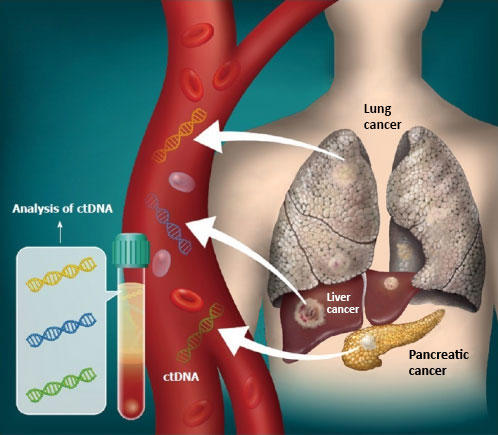
NASA will provide coverage of prelaunch, launch, and postlaunch activities for Artemis I, the first integrated test of NASAs Orion spacecraft, Space Launch System (SLS) rocket, and the ground systems at the agencys Kennedy Space Center in Florida. This uncrewed flight test around the Moon will pave the way for a crewed flight test and future human lunar exploration as part of Artemis.
The SLS rocket is targeted to launch during a two-hour window that opens at 8:33 a.m. EDT Monday, Aug. 29, from Launch Pad 39B at Kennedy.
The rocket and spacecraft arrived at its launch pad Wednesday after the nearly 10-hour, four-mile trek from the Vehicle Assembly Building. A livestream of the rocket and spacecraft at the launch pad currently is available on the NASA Kennedy YouTube channel.
Live coverage of events will air on NASA Television, the NASA app, and the agencys website, with prelaunch events starting Monday, Aug. 22. The launch countdown will begin Saturday, Aug. 27, at 10:23 a.m.
A live broadcast of the launch also will include celebrity appearances by Jack Black, Chris Evans, and Keke Palmer, as well as a special performance of The Star-Spangled Banner by Josh Grobin and Herbie Hancock. It also will feature a performance of America the Beautiful by The Philadelphia Orchestra and cellist Yo-Yo Ma, conducted by Yannick Nzet-Sguin.
The first in a series of increasingly complex missions, Artemis I will be an uncrewed flight test that will provide a foundation to extend human presence to the Moon and beyond. The mission will demonstrate the performance of the SLS rocket and test Orions capabilities over the course of about six weeks as it travels about 40,000 miles beyond the Moon and back to Earth.






